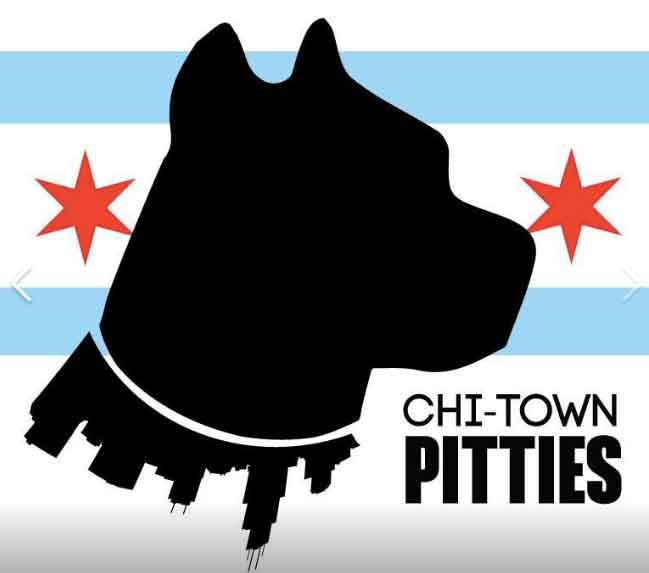Featured Breed
Prudent Pet Loves Pit Bulls
American Pit Bull Terriers, or Pit Bulls for short, often (and unfairly!) get a bad rap.
Though these dogs were originally bred for blood-sports like bull and bear baiting, today’s Pit Bulls are intelligent and loyal and make great companions. The Pit Bull’s origins can be traced to the United Kingdom in the early 1800s. Breeders combined the athleticism of the Bulldog with the audacity of the now-extinct Old English Terrier to produce Bull Terriers. These dogs were used for bull and bear baiting and, once these blood-sports were banned, ultimately dog fighting. Thankfully, this violent sport was also made illegal in both the United Kingdom and eventually the United States. Responsible breeders now focus on fostering Pit Bulls’ good traits, including loyalty, friendliness, and intelligence. As a result, Pit Bulls are among the most popular dogs in the United States today.

- BRED FOR:
- Bloodsports

- ORIGINS:
- United Kingdom, Early 1800s
A fluffy pup
About Pit Bulls
Their short coat can come in virtually any color and is exceedingly easy to maintain. Pit Bulls only require a weekly brushing and—barring any especially messy adventures outside—a few baths per year. However, Pit Bulls are prone to skin conditions, including mange. So using medicated shampoo or applying special lotions is sometimes required.
Pit Bulls are bred to be athletic, and they require plenty of exercise to work off all their natural energy. At least an hour of strenuous exercise per day is recommended for these pups, who are more than happy to tag along on runs and hikes. Swimming is not necessarily recommended as the Pit Bull’s muscular build can make swimming difficult.
Though Pit Bulls have an unfair reputation as dangerous dogs, they are in fact very friendly and make great family pets, even for families with children. According to the American Veterinary Medical Association, “breed is a poor sole predictor of aggressiveness and pit bull-type dogs are not implicated in controlled studies [so] it is difficult to support the targeting of this breed as a basis for dog bite prevention.” Care should be taken, however, when Pit Bulls are interacting with other dogs and animals given their high prey drive. Pit Bulls that will interact with other dogs and animals should be trained and socialized at a young age to prevent potential injury to other animals.
Owning a Pit Bull
Pit Bull Health
Though they are generally strong, hearty dogs, Pit Bulls still have their share of health issues.
Hip dysplasia, congenital heart defects, and degenerative myelopathy—a disease that attacks the spinal cord and grows progressively worse with time—are among the more serious health problems seen in Pit Bulls. Less concerning health issues include thyroid conditions, cataracts, and mange, a skin disease caused by parasitic mites.
Major Pit Bull Health Concerns
- Hip dysplasia
- Degenerative myelopathy
- Congenital heart defects
Minor Pit Bull Health Concerns
- Mange
- Thyroid conditions
- Cataracts
At a glance
Pit Bull Characteristics
Height
- Females: 17 - 22 inches
- Males: 17 - 22 inches
Weight
- Females: 30 – 60 pounds
- Males: 30 – 65 pounds
Food
- Approximately 2 cups of food per day
Activity Level
- Highly active
Covering your Pit Bull
Pet Insurance for Pit Bulls
Pit Bulls have an approximate lifespan of 12 to 14 years, which is longer than the average lifespan of many other breeds similar in size.
However, Pit Bulls are prone to a variety of major and minor health issues. Pet insurance for Pit Bulls is generally slightly more expensive than pet insurance for a mixed breed dog.
Since this breed is likely to have health issues at some point, it is important to get pet insurance for Pit Bulls within the first 1-2 years.
Rescue a puppy
Pit Bull Rescues
Looking to rescue a Pit Bull? Here are some of the top Pit Bull rescues in the country:





